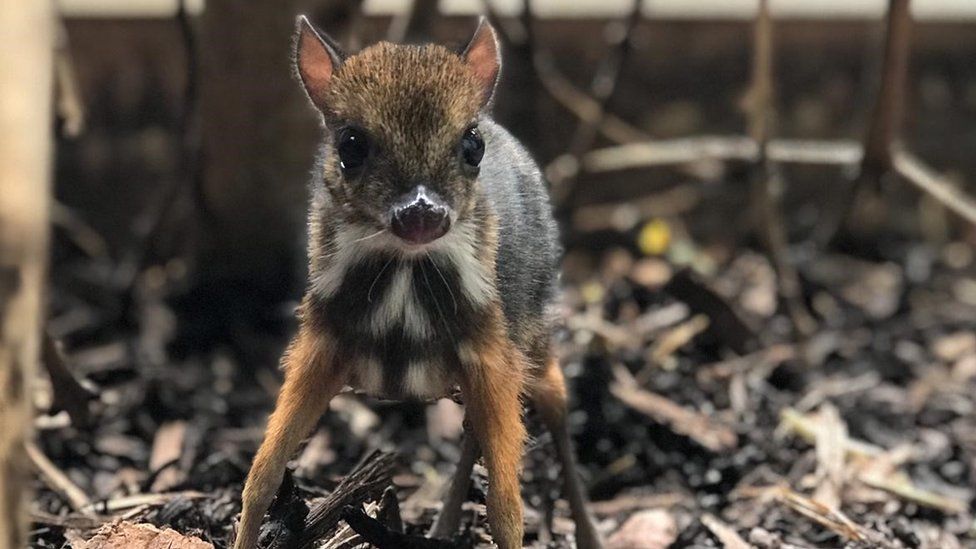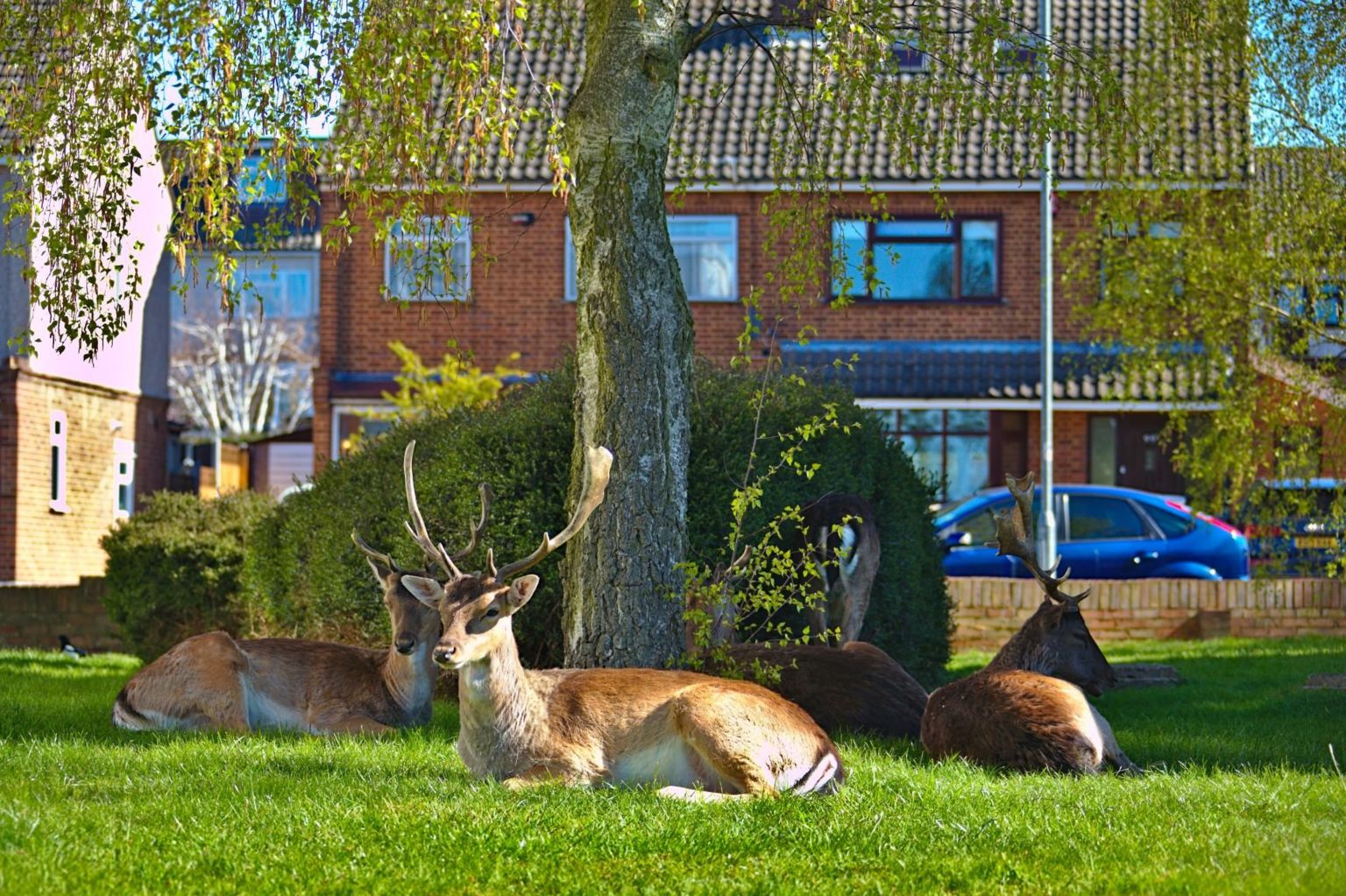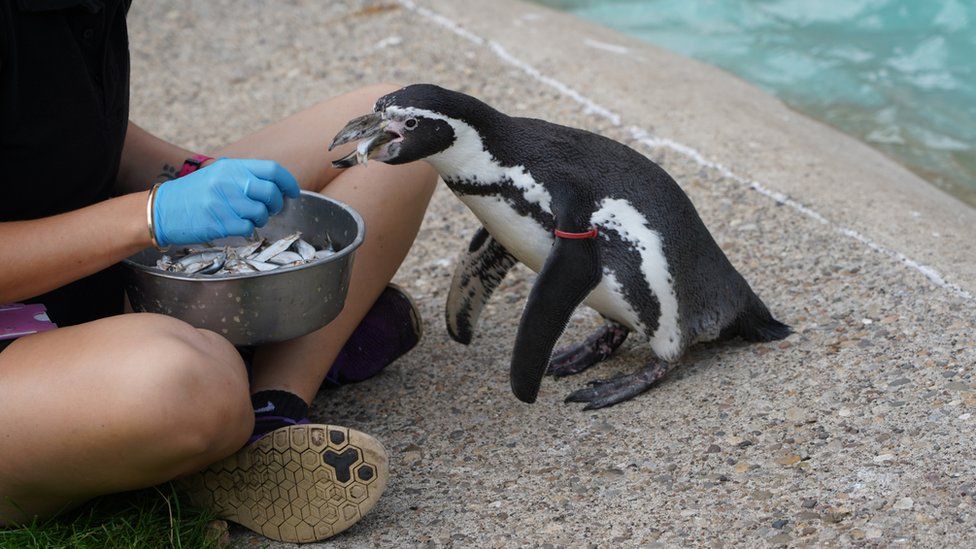Weird, wonderful and woefully close to extinction
Saiga are, in terms of antelope species, fantastically peculiar.
Long floppy noses, glorious twisting horns and a wonderful pale coat make them appear practically other-worldly. They migrate thousands upon thousands of miles, in truly enormous herds.
But in 2015 these creatures were hit by a calamity unlike almost no other.
A bacterium in their gut suddenly turned on them and became deadly. There was nothing any veterinarian could do.
Hundreds of thousands died, in the space of just a few days.
The scenes were utterly sickening.
With numbers having already declined 95% before the disease outbreak it pushed them to the very brink of extinction.
And their situation is still precarious. We would love to be able to tell you they made a full recovery since that devastating event - we’d love to tell you that their herds are now safe and secure.
But we can’t.
Poaching has ensured that.
Their recovery is continually hampered by unremitting hunting for their horns, which are used in traditional medicines. Those without horns are hunted for their meat.
The same bacterium is still sitting dormant in their gut. Under the right conditions it could attack them again and, with numbers so dangerously low, poaching could be what pushes them over the edge next time.
We must end the poaching.
Through your donations we are putting patrols in the fields and supporting border checks with sniffer dogs trained to detect trafficked horns, to help put an end to this brutal trade. If we have the resources to do that, we can give them time to finally recover.
That - through your support - is the only way we can guarantee their survival into the future. It’s the only way we can ensure these marvellous antelopes stay part of our world for generations to come.
Please help pull saigas back from the brink. If everyone reading this donates just £3, you could help provide patrols and border checks with the vital resources they need to ensure these animals remain protected. Thank you.
























